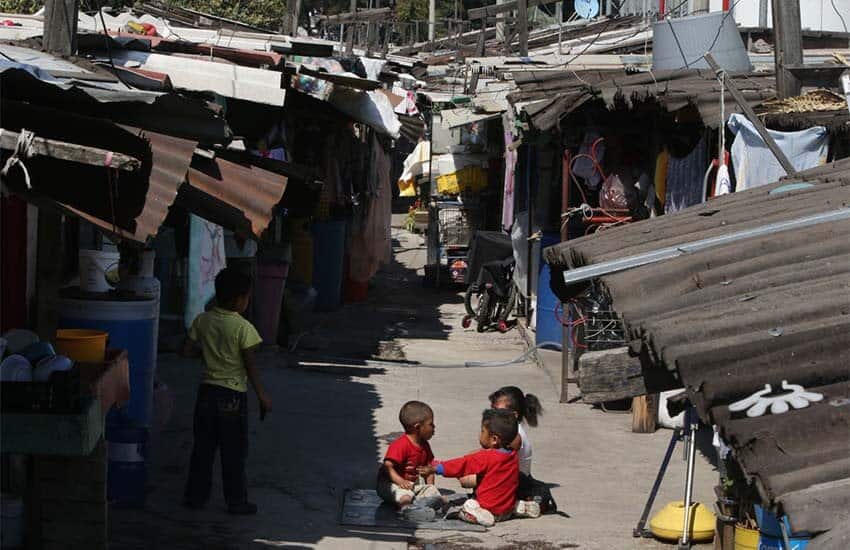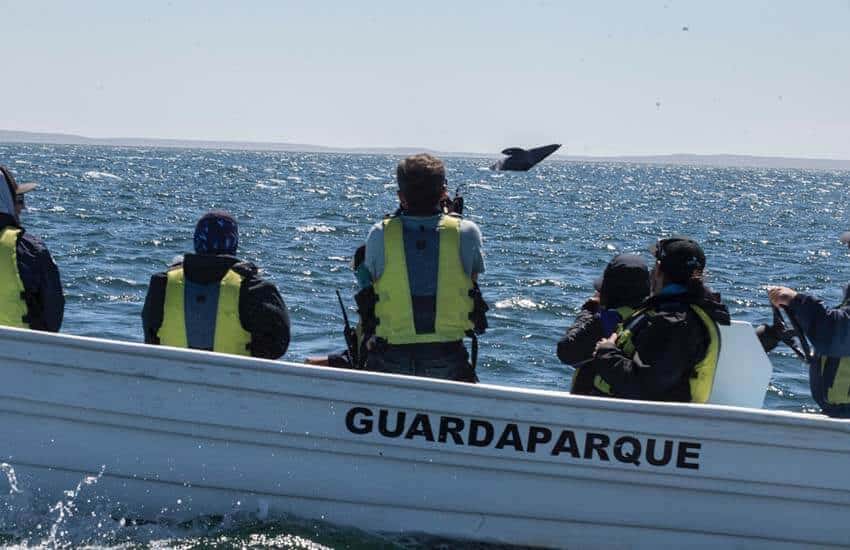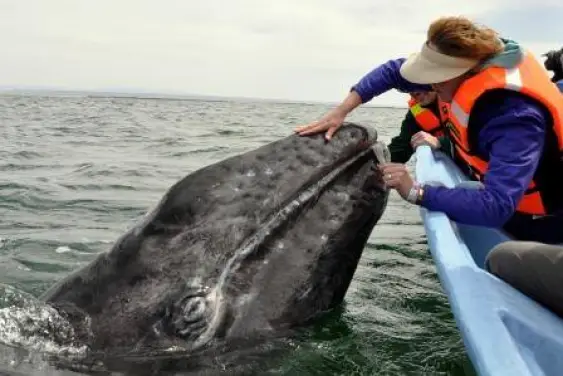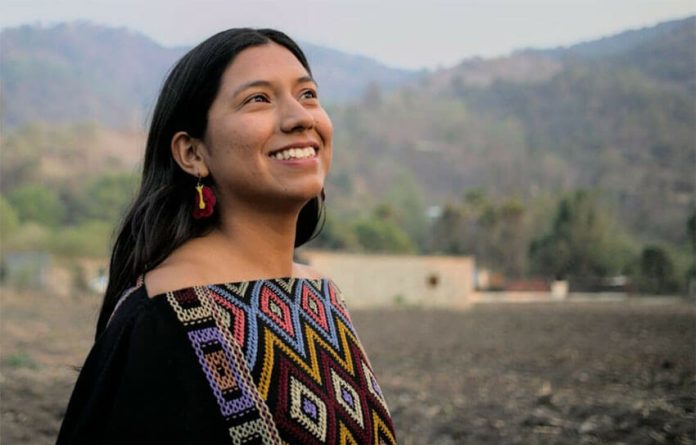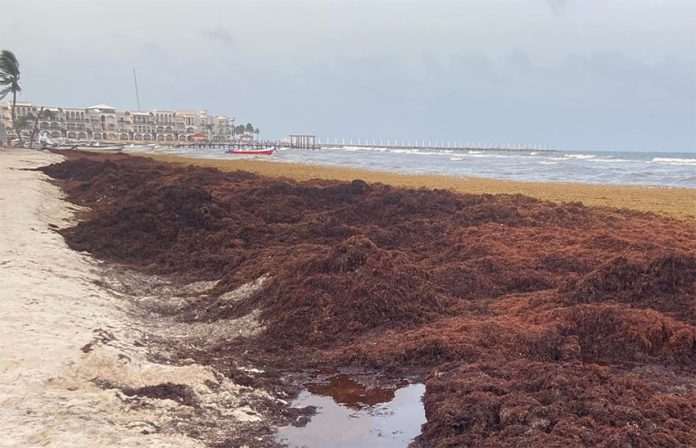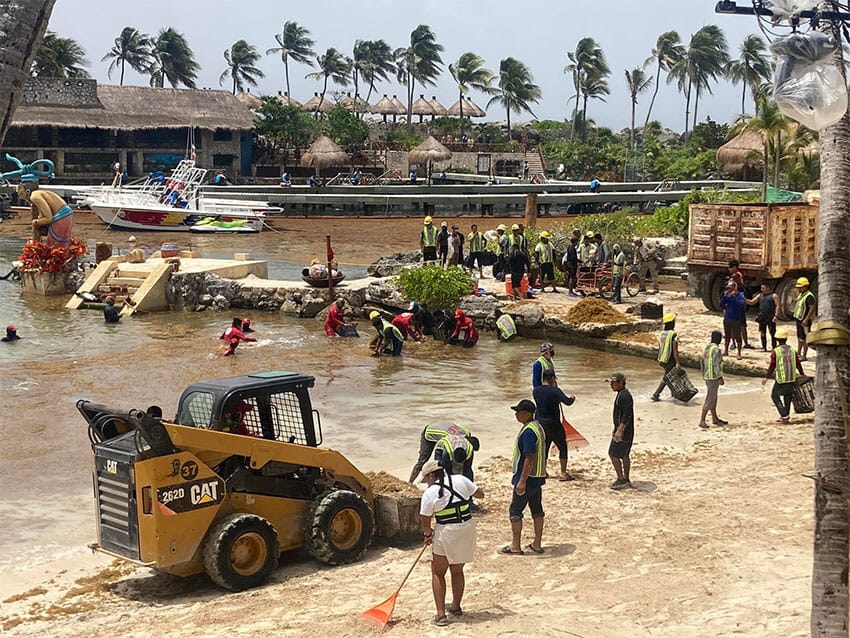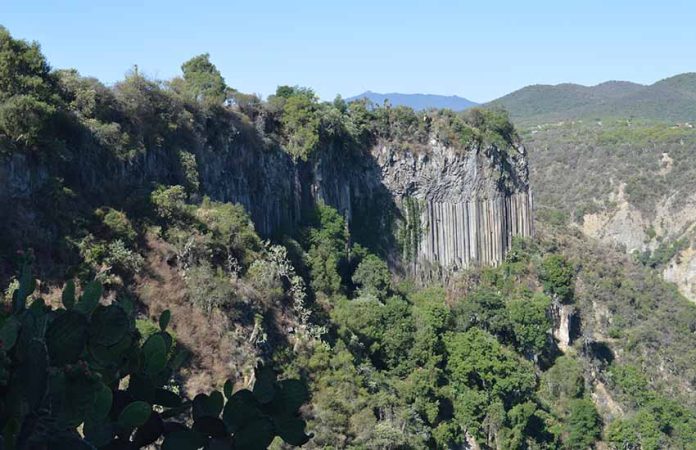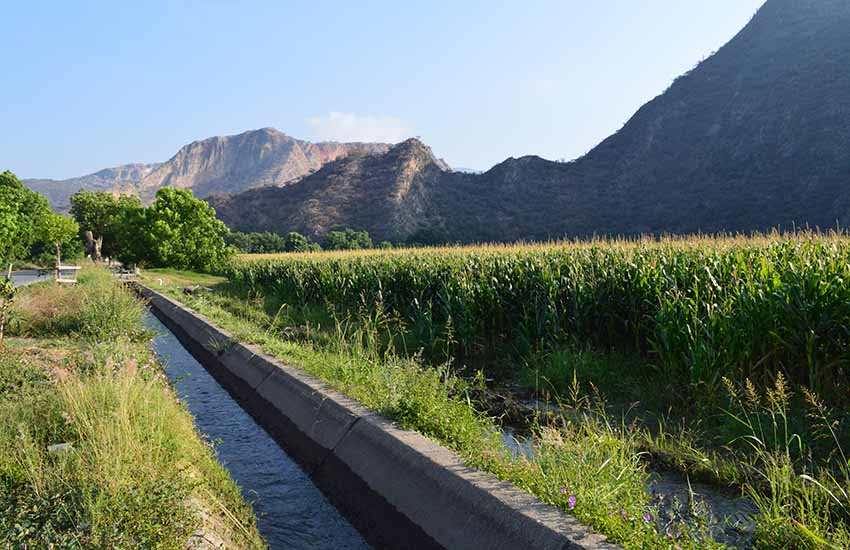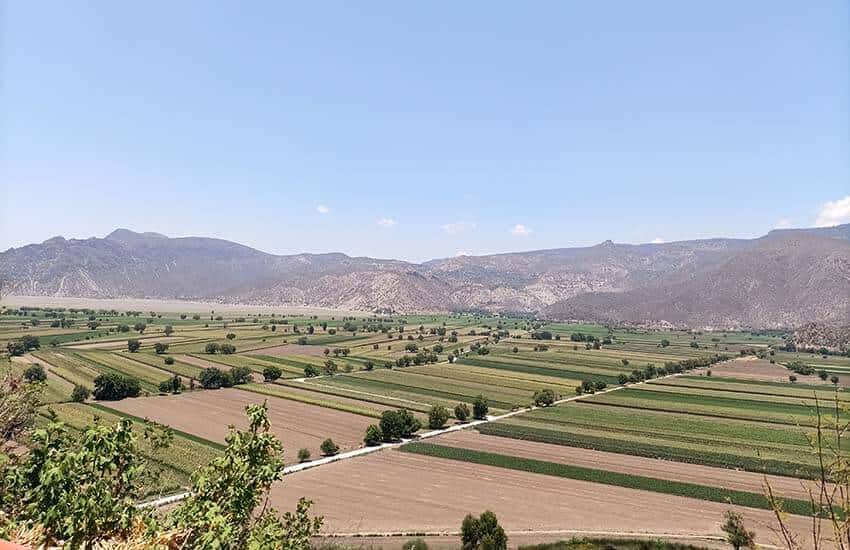Stargazers were treated to a bright orange, extremely large, super blood flower moon earlier this month. For some North American peoples the event is known as the full corn planting moon, signalling warmer temperatures and marking time to sow the fields.
Even for those that won’t be working the fields, there’s every reason to get out in June with a host of concerts, festivals and culinary events to visit.
• The National Festival of Cheese and Wine, Tequisquiapan, Querétaro (Now–June 5)
There are still two weekends to enjoy a few glasses of wine and a selection of cheeses. The 42nd edition of the annual event is on in the magical town of Tequisquiapan and art and fashion exhibitions and concerts accompany the culinary offering.
Tickets to the event for a day are available for 250 pesos (US $12.50). This year Spain is invited to showcase the quality of its cheese and wine.
• Expo Festival Guadalupe, Nuevo León (Now–June 12)
A festival in Nuevo León’s second biggest municipality with over 70 years of tradition, Expo Feria Guadalupe can entertain the kids at the fairground and at a children’s rodeo. A cattle exhibition, commercial area and beer garden are among other attractions.
• International Wine Festival, San Luis Potosí city (June 3-4)
This international wine festival returns to San Luis Potosí city’s Arts Center for its 10th edition. Tickets for June 3 start at 800 pesos (US $40) and for June 4 at 1,000 pesos (US $50), which include concerts and art exhibitions, wine tasting, access to the Beer Fest, and a welcome kit with a wine glass and souvenir bag.
VIP packages for 10 people are available for 15,000 pesos, but are only available for June 3. Those offer access to an exclusive area, table service and “gastronomic experiences.”
• Guanajuato Artisanal Beer Expo, Guanajuato city (June 3-5)
There’s booze aplenty in June: Guanajuato city will be popping bottles and pulling pints for its seventh annual beer expo. More than 40 beer producers and 200 styles of beer will be on offer at the free event. There will also be live music, stand up comedy, a gastronomic offering and a prize for the best beer.
The expo will be open from 12-10 p.m. in the Plaza de las Ranas, one of the main entrance points to the historic center.
• SCORE Baja 500 off-road racing, Ensenada, Baja California (June 4-5)
Cars, motorcycles, quad bikes and other four-wheelers line up to race through the desert terrain of Baja California. In the second of four race weekends, competitors will look to complete the 800-kilometer circuit fastest, with separate contests for different types of vehicles. The races are on June 4 and awards are presented on June 5.
• Corpus Christi Festival, Papantla, Veracruz (June 11-19)
The Catholic feast day of Corpus Christi and coinciding festival return to the magical town of Papantla, after two years of cancellations. The free celebration includes a light show, where some 300 indigenous dancers pay tribute to both Catholic and Totonac cultures.
• San Juan del Río Fair, San Juan del Río, Querétaro (June 16-July 3)
A local festival with traditional events including cockfighting, bull fighting, equestrian shows and fairground rides, but also a modern cultural offering with documentary screenings, music of varied genres: ska, reggae, rock, rap and others, and folkloric dances. Free concerts include pop star María José on Friday night and ballad hit maker Edith Marquez on the final night.
Tickets for concerts in the palenque stadium start at 400 pesos (US $20). Artists include banda outfit Los Tucanes de Tijuana, Mexican-American singer Marisela and pop singer Napoleón, who found fame in the 1970s.
Each day has a different theme, including youth, disability, environment, water, business, sport, farming, health and family, children, seniors, Women’s Day, and a day for the arts. General entrance costs 60 pesos (US $3) before 6 p.m. and 100 pesos (US $5) thereafter.
• Viewing of the Fireflies, Nanacamilpa, Tlaxcala (June 17 – August 14)
For those looking to connect with the natural world, the spectacle of fireflies lighting up the nighttime forest for mating season will return to the Firefly Sanctuary in the town which has become famous for its luminescent insects.
• Parade of the Crazy People, San Miguel de Allende, Guanajuato (June 19)
The famous Desfile de los Locos (parade of the crazy people) returns to the artistic hub San Miguel de Allende. Wild colors and extravagant fancy dress are guaranteed at the parade where comedy takes center stage.
The story goes that the parade began with horticulturalists who dressed up to give thanks for the harvest, and gave out fruit to passersby. The event is free and clowning around is highly encouraged.
• Tangamanga Marathon, San Luis Potosí city (June 26)
More than 3,000 spectators, 7,000 runners and 1,500 volunteers are expected this year at the marathon starting in Tangamanga park, a huge green space in the southwest of the city.
There are races at distances of 5, 10, 21 and 42 kilometers.
Runners can sign up here and should arrive at least 30 minutes before their event.
• GNP Paax Festival Classical Music Festival, near Playa del Carmen, Quintana Roo (June 29-July 3)
A new classical music festival conceived by renowned Mexican conductor Alondra de la Parra will feature over 100 international artists at the Hotel Xcaret Arte near Playa del Carmen from June 29 to July 3.
Events include two concerts every night at 7 p.m. and 10 p.m. as well as presentations of books, chamber music and talks with the creators. Tickets for a single concert start at US $50 (Coral Pass) while a package for five nights at the festival and hotel accommodation starts at US $2,240 (Manta Ray Experience), but shorter packages are also available.
De la Parra said the name “paax” comes from the word for music in Mayan and is phonetically the word for peace in Latin.
Mexico News Daily



